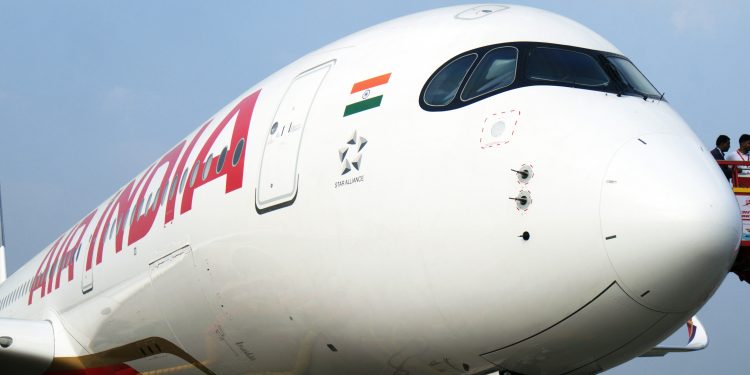Air India CEO Campbell Wilson has warned employees and the public against drawing premature conclusions about the fatal Boeing 787 Dreamliner crash in Ahmedabad, despite the preliminary report revealing the plane’s engine fuel cutoff switches inexplicably flipped mid-flight.
In an internal memo obtained by Reuters, Wilson emphasized the 260-fatality accident investigation remains ongoing, with the initial findings providing “greater clarity” while simultaneously opening new lines of inquiry about the June 12 disaster.
India’s Aircraft Accident Investigation Bureau (AAIB) confirmed the London-bound flight experienced simultaneous fuel cutoff switch activations shortly after takeoff from Sardar Vallabhbhai Patel International Airport, leading to complete thrust loss.
While the report cleared the Dreamliner’s GE Aerospace engines and confirmed all maintenance protocols were followed, it documented disturbing cockpit voice recorder transcripts showing pilots questioning why the engines lost power.

ALPA India President Sam Thomas has demanded pilot representation in the ongoing probe, rejecting early assumptions of crew error in what marks India’s deadliest aviation accident in a decade.
Parallel Investigations Aggravate Air India’s Crisis
As it stands, the parent company is facing mounting scrutiny as the European Union Aviation Safety Agency (EASA) launched a separate investigation into budget subsidiary Air India Express following revelations of falsified maintenance records for Airbus A320 engine parts.
This regulatory action compounds operational challenges for the Tata Group-owned carrier, which is simultaneously managing victim compensation claims exceeding $150 million while cooperating with multiple international agencies including Boeing, GE Aerospace, and the Montreal-based International Federation of Air Line Pilots’ Associations.
Flight data recorder analysis showed how the doomed aircraft climbed to just 650 feet before plunging into a residential area, with the AAIB confirming the fuel cutoff switches were found in the “run” position post-crash despite evidence they activated during ascent.
Aviation safety experts have expressed the extreme unlikelihood of simultaneous mechanical failure in both engine cutoff systems, while emphasizing the 787’s design requires deliberate manual force to move the switches from their default position. The preliminary report notably omitted any safety recommendations – a highly unusual omission that aviation analysts suggest indicates fundamental unanswered questions about the sequence of events.
Why It Matters
The probe’s outcome could have far-reaching implications for 787 operations worldwide, particularly regarding cockpit switch placement and crew alert systems. For grieving families and surviving victims, the prolonged investigation delays closure while aviation authorities grapple with whether to mandate immediate safety bulletins for Dreamliner operators.
















